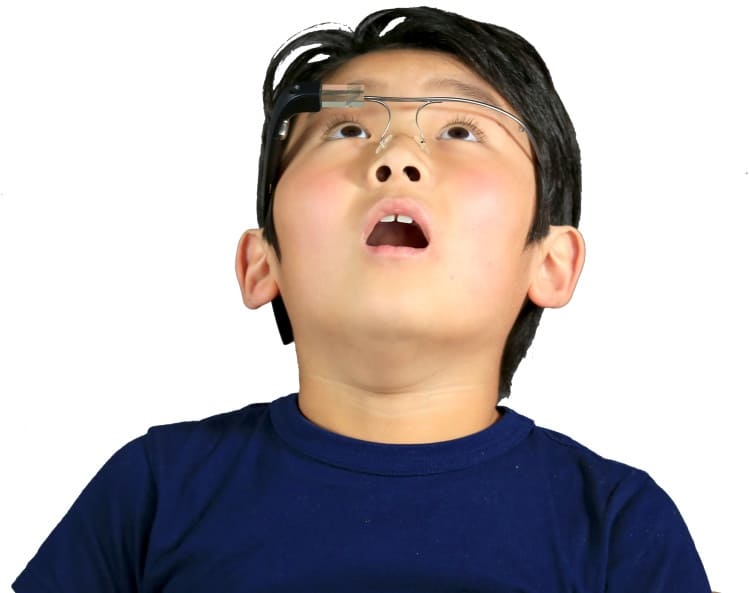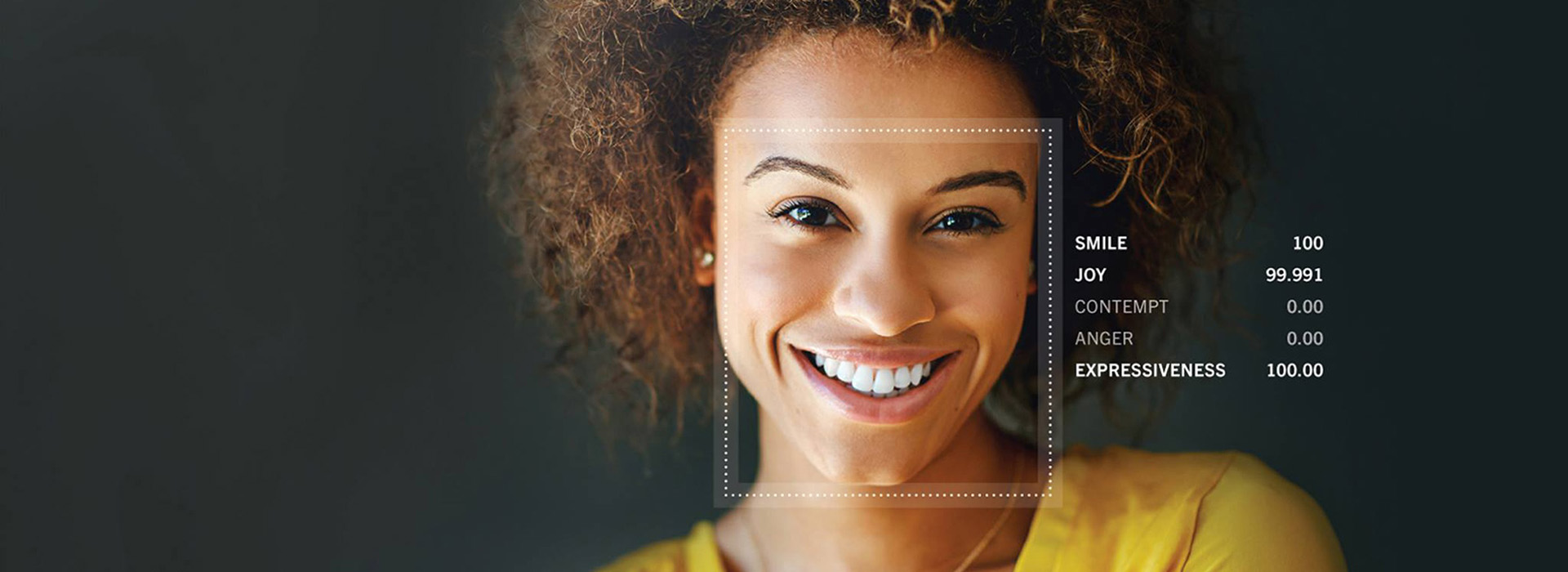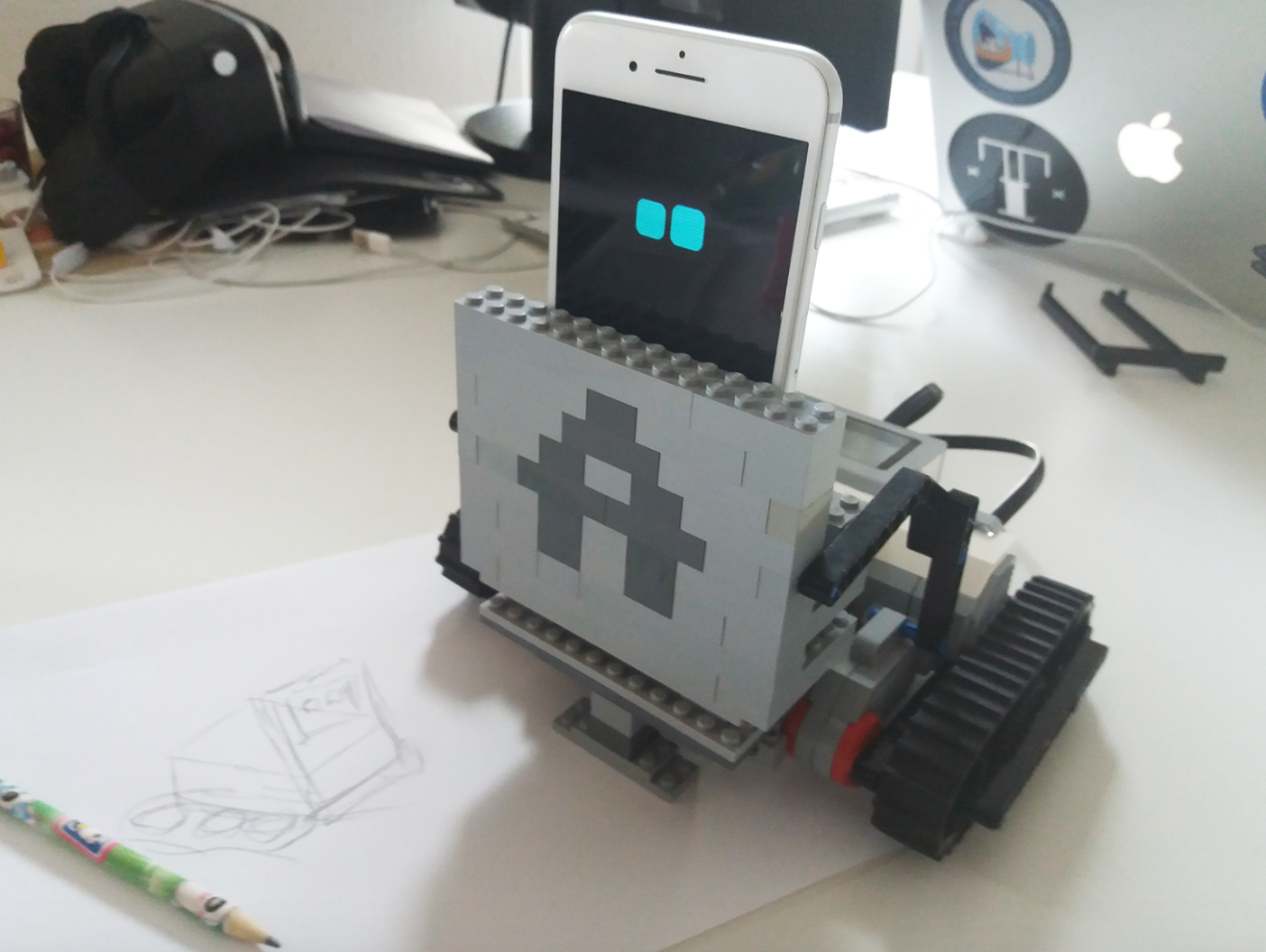We all know that when we’re happy, we smile. But did you know that the reverse of this cause-effect relationship is true, too? When we smile, as a result, we feel happier. Considering such an effortless action can boost our moods, why don’t we smile more? Well, it’s easy to get caught up in all of the hustle and bustle of our day-to-day lives and forget to dedicate some time to practice mindfulness. But if we had an app that reminded us to take a few moments to smile, maybe we’d feel a lot more positive.
soHappy, an Affectiva SDK user, is an app that is working on this idea. The app simply prompts the user to smile. It fosters genuine smiles using a treasured photo or a memory that you’ve recorded in your list of smile cues. Affectiva’s SDK allows the app to verify whether or not the user is smiling and gain a deeper insight as to the legitimacy of the smile. You can check out the project’s progress here.
We spoke with George Moore, one of the makers of soHappy, on how the app works, the process of developing it, and what he thinks is the future of emotion-enabled technology.

What’s the pitch for your project?
soHappy is a mobile app intended to help improve our happiness through regular smiling. Mental well being is an important concern within society and people are only starting to recognize and take action to help maintain a healthy positive mental disposition, in much the same way as they do with their physical health. soHappy attempts to offer a simple intervention that can be used at the individual’s discretion to help promote happiness and, with time, better mental well being.
What does your project do and how does it work?
The app simply reminds you to smile at regular intervals of your choosing and makes use of the Affdex SDK to monitor the presence of a smile before logging it for you. To help promote a natural smile, which is important when attempting to improve happiness, the app first helps you to become focused on taking time to smile before presenting a stimulus to evoke a smile. This stimulus could be a favorite photo, a memory or a thought that you have added to your bank of smile prompts. The interface and interaction is very simple to place the emphasis on simply taking time to smile.
Where did you get the idea to build it?
The initial idea came simply from hearing that smiling, along with activities like voicing gratitude and journaling, could prompt happiness. These suggestions came from a range of sources and linked back to some very old but persistent ideas on facial feedback mechanism, originating in work as far back as that of Charles Darwin.
What was your process in building it?
The initial intention was to take a very Lean approach and to simply build the app to test the assumptions that it would be desirable and work. However, coming from an academic setting, I felt that the effectiveness needed to be established first before offering the hope of improved happiness. The project then entered a verification phase where we use a research focused version of the app to help gauge the extent to which the approach works. This version presents a slightly more involved user journey, necessary for collecting benchmark data that will be used to evaluate the central approach. Once this stage is complete it should be known if the promise of improved happiness has veracity and we can hopefully start to develop a more polished version of the app.

What role does emotion and emotion technology play in the concept of your project?
The Affdex SDK is central to the app’s core functionality and also to the verification of the approach at this early research stage. soHappy makes use of the Affdex to identify that a smile has occurred and also to help with the verification stage. We are using a pretest-posttest experiment design that relies on established happiness scales to determine any effect on participant happiness during the study. However, we also use the Affdex SDK to measure affect during each smiling instance, to help gain a deeper insight into how natural each smile is along with its surrounding emotional context.
How did you arrive at Affectiva's technology to help achieve your vision?
We could possibly have used the native smile detection functions of iOS and Android for simple smile detection but we liked that Affectiva was able to offer a much richer and robust determination of a smile, thanks to their underlying machine learning technology and large associated dataset.
What are your metrics for success, or app goals? Can you share how you believe emotion tech contributes to those goals?
Success for soHappy in the long-term will be that it helps to encourage people to take time to smile and hopefully promote improved happiness. In the near-term we will settle for verifying that the general approach can work. Given that this is a dedicated Positive Computing approach, emotion technology is central to all aspects of it.
Which features of your project are you most excited about?
Simplicity. The goal with soHappy is to make the experience as simple and natural as possible. Using the front-facing camera of the smartphone to detect smiles, without the need for complications such as wearables, or engaging in involved interactions with the app or the smartphone’s hardware is central to helping to promote sustained use.
Are there any plans to build another project like this in the future?
soHappy is at an early stage and there is a lot of potential to add features such as prompting broader reflection to further promote happiness, and a social dimension to help share and encourage smiling within family and friends.
Do you have any other advice for those looking to build similar projects of their own?
The Affdex SDK is very straightforward to include within a project and the Affectiva team is very approachable and supportive. I would recommend simply making contact and giving it a go.
What do you see as the future of healthcare technology?
The future of healthcare technology is personal and preventative. Early stage personal interventions aimed at preventing conditions from developing or worsening will play a key role in the future of healthcare, as a globally growing and aging population continues to place increased pressure on healthcare systems. As awareness of the importance of the role of mental well being in achieving this becomes better understood, the development of technology that is able to analyze and interact with our emotions will become more important.
About George Moore
 George Moore is a Senior Lecturer in Computer Science at Ulster University, and has extensive experience in the design and delivery of pervasive technologies for healthcare. A current focus of this research is on the use of a Positive Computing approach to Human Computer Interaction, making use of Affective Computing technologies to determine and interact with human emotions, with the goal of supporting well being and human potential.
George Moore is a Senior Lecturer in Computer Science at Ulster University, and has extensive experience in the design and delivery of pervasive technologies for healthcare. A current focus of this research is on the use of a Positive Computing approach to Human Computer Interaction, making use of Affective Computing technologies to determine and interact with human emotions, with the goal of supporting well being and human potential.






